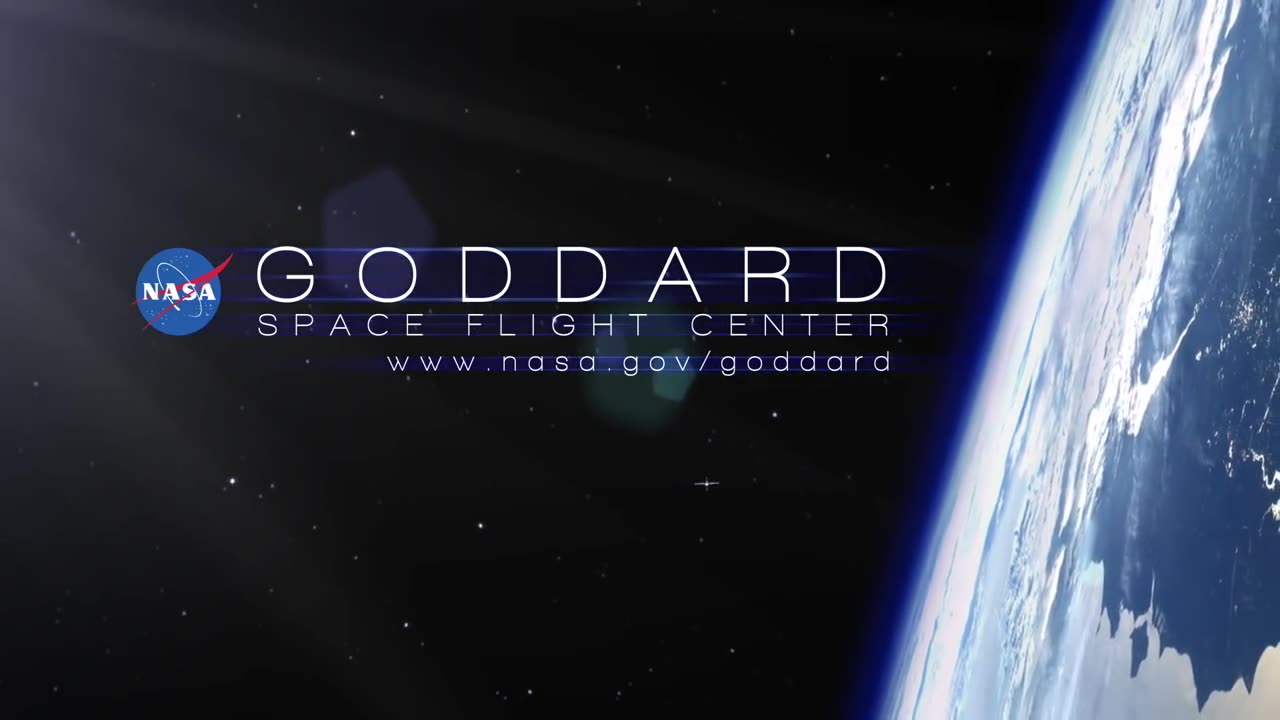Premium Only Content

Nasa/Massive Black Hole spreds Passing Stars
Open App
NASA | Massive Black Hole Shreds Passing Star
6.2M views · 7 years ago...more
NASA Goddard
1.5M
Subscribe
17K
Share
Save
Report
Comments902
David John
You can tell it is fake because you cannot hear music in space.
1:44
Go to channel
NASA Animation Sizes Up the Biggest Black Holes
NASA Goddard•894K views
Up next
1:00
Biggest Black Hole Ever Discovered | COSMOS in a minute #39
The Secrets of the Universe•435K views
1:00
Goddard Glossary: Electromagnetic Interference
NASA Goddard•3.3K views
12:04
Real Images From Our Solar System
Destiny•14M views
4:06
Clearest Moon Image Captured By a 16-Year-Old? | It Happens Only in India | National Geographic
National Geographic India•6.6M views
0:30
Black Hole Edit 4K | voice credit - @AstroKobi
77Unknxwn•4.7K views
1:29
ESOcast 123 Light: Best Ever Image of a Star’s Surface and Atmosphere (4K UHD)
European Southern Observatory (ESO)•82K views
1:37
First image of a black hole expelling a powerful jet (ESOcast 260 Light)
European Southern Observatory (ESO)•30K views
4:34
Interstellar 4K HDR IMAX | Into The Black Hole - Gargantua 1/2
Apex Clips•4.3M views
1:44
How big are supermassive black holes? NASA size comparison
VideoFromSpace•6.2K views
11:55
Mairaj e Nabi PBUH Aur Black Hole Ka Quran Main Zikar II What Quran Says About Black Hole
Voice Daily•4.2M views
0:49
When this Star Explodes, You’ll see it DURING THE DAY! #space #nasa #stars
AstroKobi•2.8M views
Description
NASA | Massive Black Hole Shreds Passing Star
NASA Goddard
17K
Likes
6,244,767
Views
2015
Oct 21
This artist’s rendering illustrates new findings about a star shredded by a black hole. When a star wanders too close to a black hole, intense tidal forces rip the star apart. In these events, called “tidal disruptions,” some of the stellar debris is flung outward at high speed while the rest falls toward the black hole. This causes a distinct X-ray flare that can last for a few years. NASA’s Chandra X-ray Observatory, Swift Gamma-ray Burst Explorer, and ESA/NASA’s XMM-Newton collected different pieces of this astronomical puzzle in a tidal disruption event called ASASSN-14li, which was found in an optical search by the All-Sky Automated Survey for Supernovae (ASAS-SN) in November 2014. The event occurred near a supermassive black hole estimated to weigh a few million times the mass of the sun in the center of PGC 043234, a galaxy that lies about 290 million light-years away. Astronomers hope to find more events like ASASSN-14li to test theoretical models about how black holes affect their environments.
During the tidal disruption event, filaments containing much of the star's mass fall toward the black hole. Eventually these gaseous filaments merge into a smooth, hot disk glowing brightly in X-rays. As the disk forms, its central region heats up tremendously, which drives a flow of material, called a wind, away from the disk.
Music credit: Encompass by Mark Petrie from Killer Tracks.
This video is public domain and can be downloaded at: http://svs.gsfc.nasa.gov/goto?12005
You can read more about this at: http://www.nasa.gov/mission_pages/cha...
Like our videos? Subscribe to NASA's Goddard Shorts HD podcast:
http://svs.gsfc.nasa.gov/vis/iTunes/f...
Or find NASA Goddard Space Flight Center on Facebook:
http://www.facebook.com/NASA.GSFC
Or find us on Twitter:
http://twitter.com/NASAGoddard
-
 2:00:46
2:00:46
Steven Crowder
4 hours ago🔴 Fight! Major Lawsuit Announcement...
346K184 -
 LIVE
LIVE
The Dana Show with Dana Loesch
56 minutes agoTRUMP AND ELON MUSK DEFEND DOGE | The Dana Show LIVE On Rumble!
612 watching -
 LIVE
LIVE
Grant Stinchfield
1 hour agoThe Heist of Fort Knox That Has NOT Happened Yet
325 watching -
 LIVE
LIVE
The Charlie Kirk Show
1 hour agoTHE CHARLIE KIRK SHOW IS LIVE 02.19.25
6,632 watching -
 1:00:47
1:00:47
The Dan Bongino Show
3 hours agoWhat Did Zelensky Know? When Did He Know It? (Ep. 2426) - 02/19/2025
466K731 -
 45:27
45:27
Benny Johnson
2 hours ago🚨Kash Patel WINS Critical FBI Director Confirmation Vote as Trump MASS FIRES Deep State Prosecutors
55K42 -
 1:08:01
1:08:01
Timcast
3 hours agoDemocrats PANIC Over Trump Order To "Seize Control" Of Federal Agencies, Trump Asserts FULL Control
106K60 -
 55:32
55:32
MYLUNCHBREAK CHANNEL PAGE
18 hours agoA Little Help From Angels?
41.7K13 -
 LIVE
LIVE
LFA TV
16 hours agoLET'S KASH IN! | LIVE FROM AMERICA 2.19.25 11AM
5,051 watching -
 1:37:54
1:37:54
Caleb Hammer
2 hours agoChildish Couple Won’t Stop Cheating On Each Other | Financial Audit
27.8K1